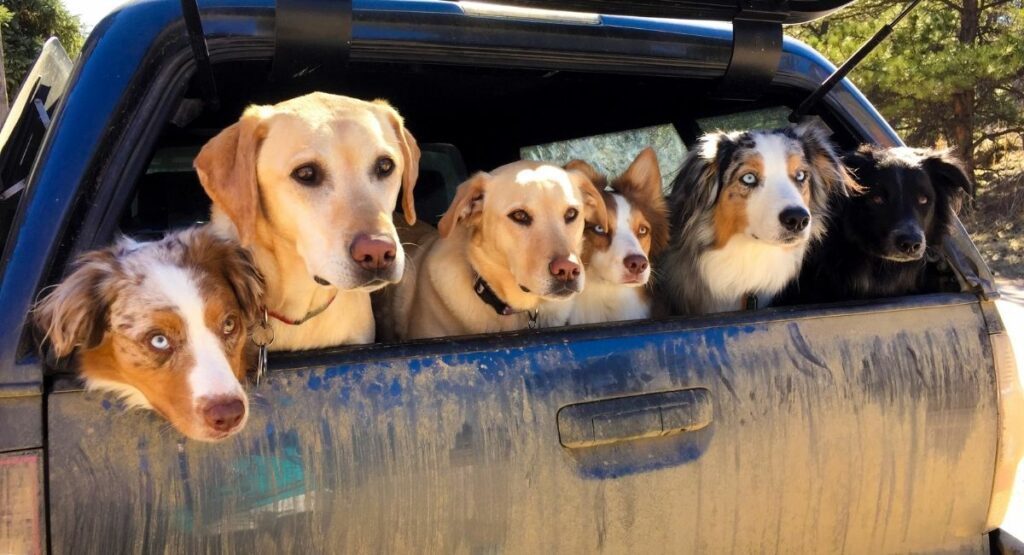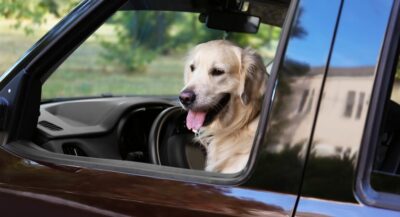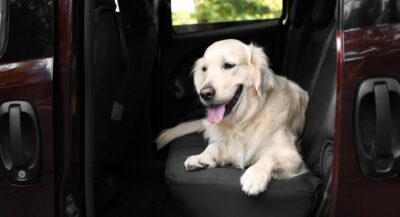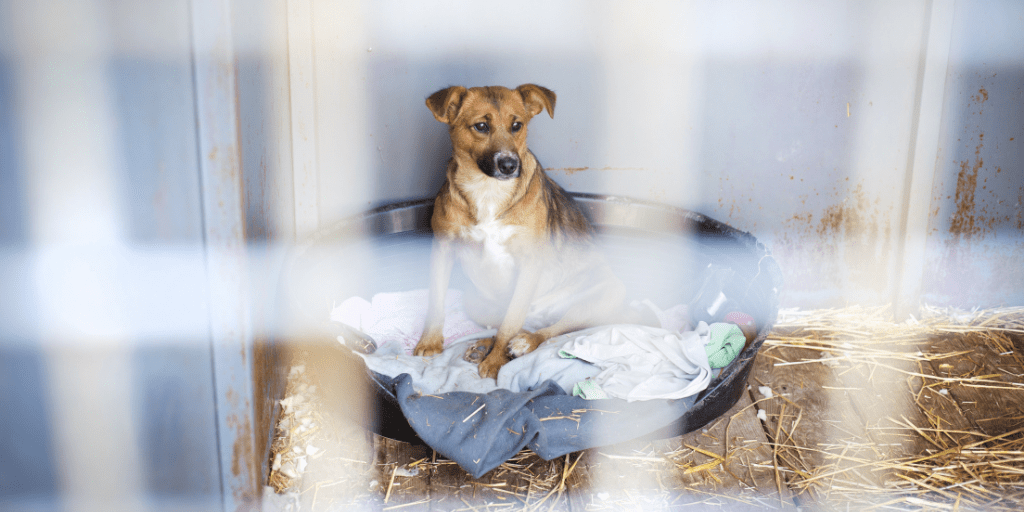Do you do animal rescue relay transports? If so, have you met someone who just seems so hellbent on making it seem like it isn’t as effective in saving animals? Perhaps, you’ve even introduced it to someone that immediately shot down the idea the moment it left your lips?
Unfortunately, we really can’t please everybody and everyone is free to have their own opinion. However, sometimes people’s opinions are simply formed out of misinformation, or usually in the case of animal rescue relay transport, lack thereof. So as a community that believes and takes part in these transports, our role is to share our experience and educate as many people as we can to dispel all the rumors and misbeliefs that are giving animal rescue relay transport and even volunteers a bad name.
On that note, we’ll leave you to what you clicked on this article for. Here are the most common complaints we hear about animal rescue relay transport and what we have to say about them:
“We need to move large numbers of animals at a time. Rescue relay transport won’t work for us.”
Truth is, coordinating and executing a high-volume animal transport is wrought with issues. Getting 20 to 30 animals loaded into crates and into a van takes a long time, not to mention, there are many issues involved. Then, when they get to their destination, they have the same challenge in reverse having to bring in loads of volunteers to handle the disembarking of the passengers, intake into the shelter, and of course baths for everyone.
Since most rescue relay transports are limited by the size of the vehicles involved, the animals get more care and attention and there is no mass planning required at the pick-up or dropoff points. Of course, there’s also nothing that says you can’t do 5-6 animal rescue transports a month and still move the same number of animals as one large transport.

“Rescue relay transport is more stressful for the animals.”
Rescue animals on an animal rescue transport are already under stress. But the truth is, on every leg of the journey these animals get extra special love and attention and multiple potty breaks that they wouldn’t get on a large volume van transport. They get an opportunity to get out of the car and walk around and they usually get fresh water and sometimes even treats. That doesn’t sound like a stress-filled journey to us!


“Volunteers are unreliable.”
This is one of those broad complaints that doesn’t specifically apply to animal rescue transport volunteers but to just people in general. It’s true that there are examples where people who sign-up for a transport leg don’t show up and alternative accommodations need to be made at the last minute. But the best transport coordinators know that proactivity is the key to solving this.
Reaching out and communicating with the transport volunteers working up to the day of the transport, confirming pick-ups, and answering questions is the best way to ensure on the day that people show up where they are supposed to be. Our experience is that volunteers are usually more reliable than commercial drivers but hey, we’re biased.


“Our source is 1,000 miles away. You can’t do rescue relay transport that far.”
Would it surprise you to know that the average Doobert rescue transport is 850 miles and over 20 legs? That’s just the average. Doobert has been used to coordinate transports of over 40 legs, over multiple days, and over 2,000 miles. Now that’s a passion for animals at its best!
















